2022/2/21/ · Another technology that can be used as a natural substance or neutral support is solid-state fermentation (SSF) for solid waste as the procedure of
2022/2/21/ · Another technology that can be used as a natural substance or neutral support is solid-state fermentation (SSF) for solid waste as the procedure of
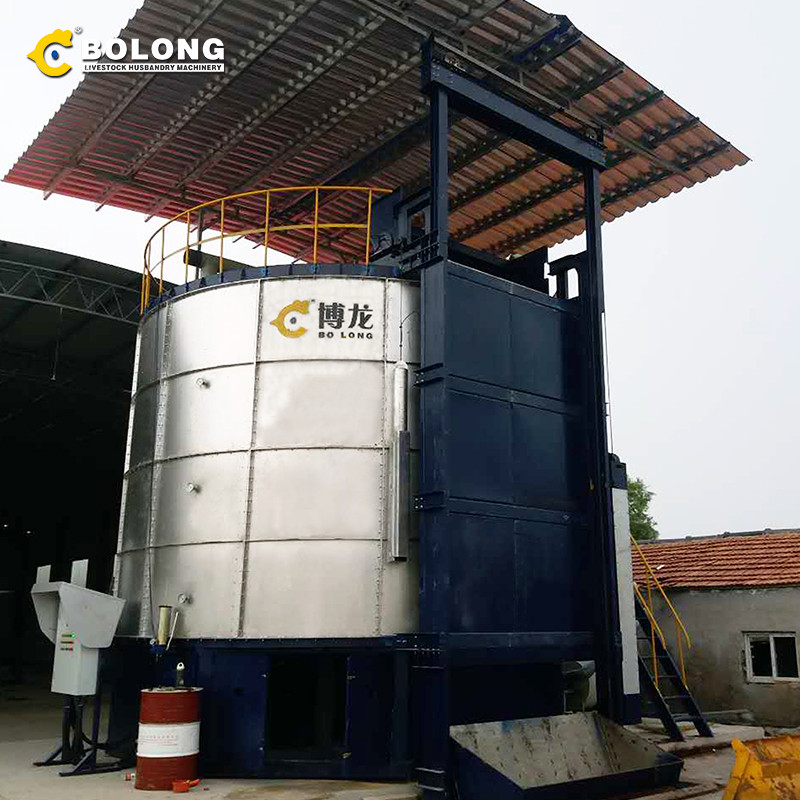
About 1.6 billion tons of food are wasted worldwide annually, calling for advanced to recycle food waste into energy and materials. Anaerobic digestion of kitchen waste allows the efficient recovery of energy, and induces low-carbon emissions. Nonetheless, digestion stability and biogas production are variables, due to dietary habits and seasonal
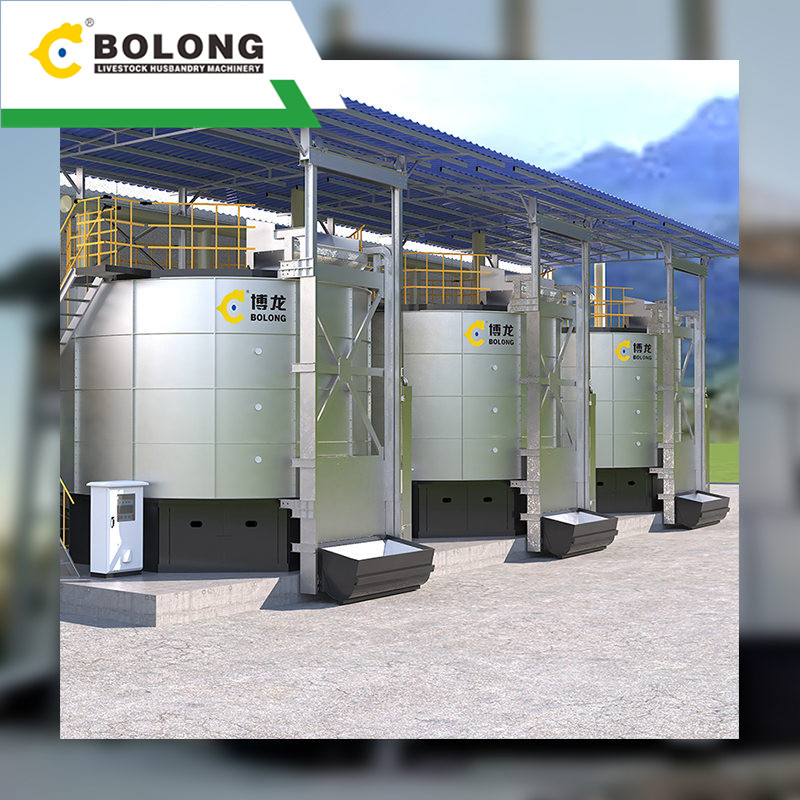
Liu Minru et al.'s research demonstrated that collaborative fermentation of kitchen waste and other organic waste exhibits superior fermentation quality and efficiency compared to sole utilization of kitchen waste alone (Liu et al., 2016). The addition of auxiliary materials (such as wood chips, straw, and bamboo charcoal)

2024/2/1/ · Upscaling of 1:1 solid-to-water ratio in the 20-L and 100-L fermenters. 7 kg of kitchen waste, dispensed in 7 L of distilled water was crushed in a blender and then taken in a 20-L fermenter vessel. On the other hand 37.5 kg of kitchen waste dispensed in 37.5 L of distilled water as crushed and placed in a 100-L fermenter vessel.
Published online 2021 Mar 26. doi: 10.3390/foods10040707. PMCID: PMC8066995. PMID: 33810435. Fermentation of Agri-Food Waste: A Promising Route for the Production of Aroma Compounds. Jasmine Hadj Saadoun, Gaia Bertani, Alessia Levante, Fabio Vezzosi, Annalisa Ricci, Valentina Bernini, * and Camilla Lazzi.

2023/2/27/ · In this study, for the purification of kitchen waste fermentation broth, the optimum operation parameters were determined as a pressure of 100 KPa, pH of 6.0, and a flushing mode of backwashing with deionized water for 3 min. The best performance was achieved with the CRE, TRE, PRE and SRE of 60, 92.8, 57.64 and 32.93%, respectively.
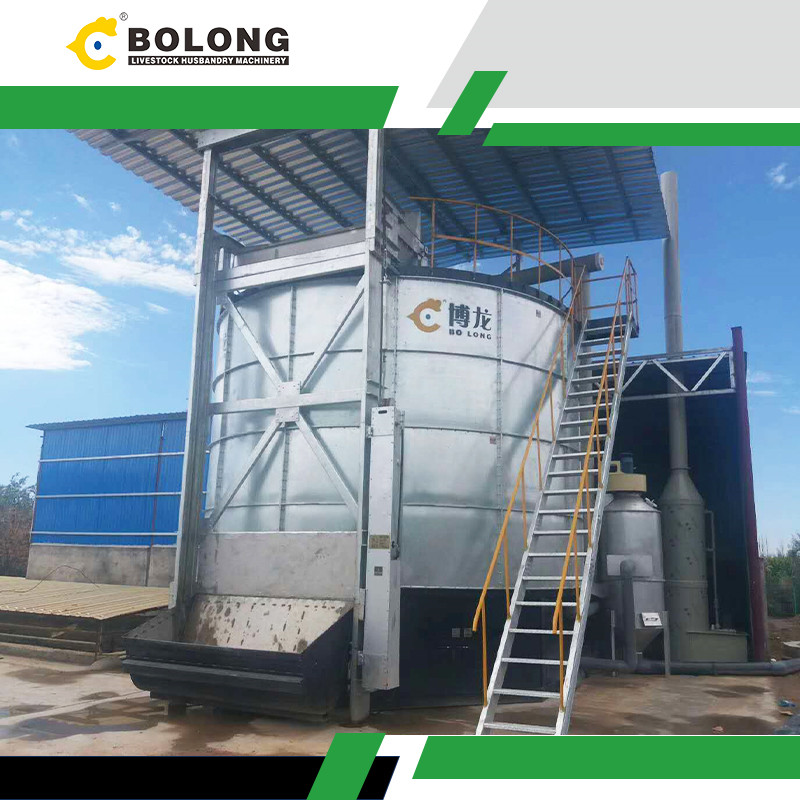
Here, we review the bottlenecks of anaerobic digestion treatment of kitchen waste, with focus on components inhibition, and energy recovery from biogas slurry and residue. We
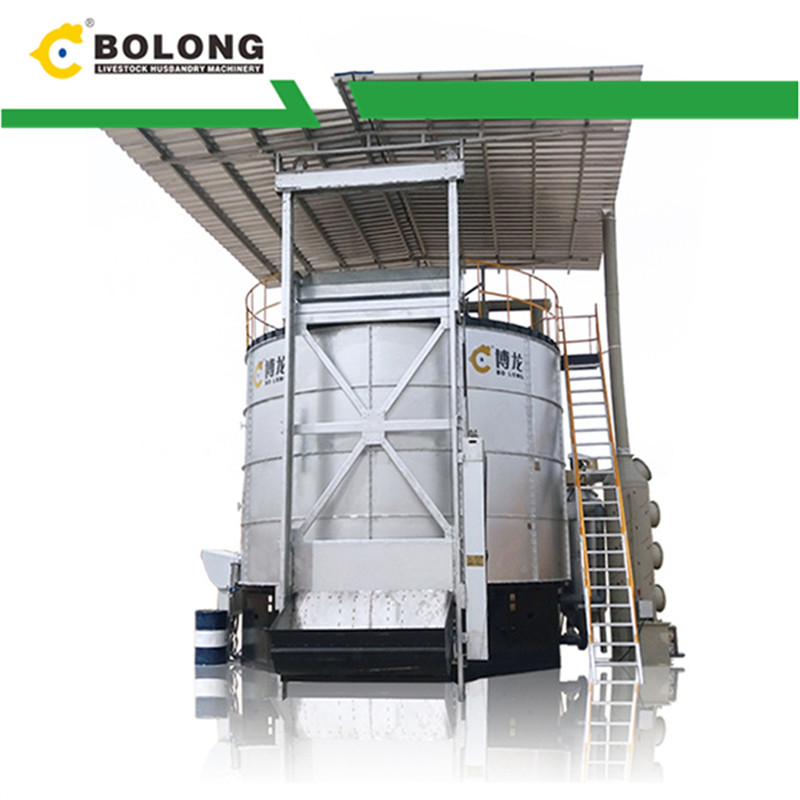
2023/3/13/ · Lactic acid (LA) is an important chemical material facing rapid demand in recent years. The oriented fermentation of kitchen waste is a promising route for economic LA production. However, the refinement of LA from fermentation broth is a spiny issue. In this study, the performance of ultrafiltration (UF) process for the refinement of LA from the

2024/3/11/ · Therefore, kitchen waste treatment has a broad and profound significance. The recycling of energy from kitchen waste has attracted the interest of researchers. Anaerobic fermentation is an effective means of handling kitchen waste and can simultaneously realize the resource utilization of kitchen waste (Dong et al. 2022; Li et
2024/5/1/ · In addition, the anaerobic fermentation of kitchen waste slurry can generate high-concentration NH 3-N from protein (PN) degradation. A high C/N ratio is an important indicator used to assess the usability of VFAs fermentation liquid as carbon source for denitrification ( Tan et al., 2023 ), which means a high-quality VFAs bioproduct.
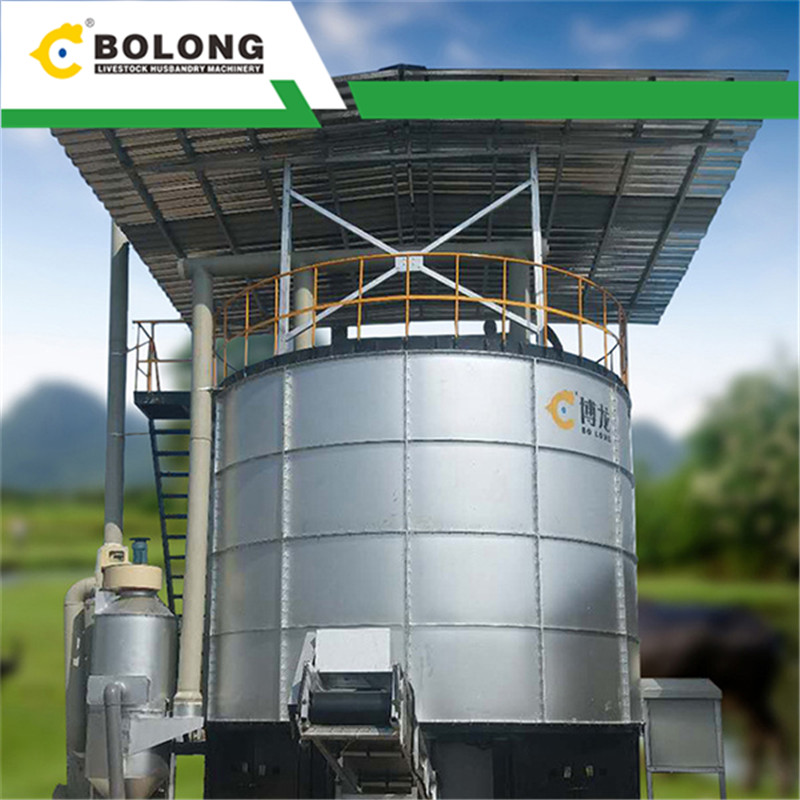
2023/7/28/ · Anaerobic fermentation (AF) can effectively dispose of kitchen waste (KW) without the shortcomings of traditional such as incineration and sanitary landfill. However, KW has a high organic content, which easily leads to acidification and ammonia inhibition during digestion. To mitigate this issue, anaerobic co-digestion

2021/5/12/ · Among the hydrogen production techniques, dark fermentation (DF) is a promising option for hydrogen production as it is less costly and has more energy recovery potential. The current study was designed to test the ability of kitchen waste, like potato peels, which is a common waste coming out of kitchens worldwide.

2024/4/23/ · Bokashi, a word in Japanese meaning “fermented organic matter,” refers to a system of near-odorless composting that ferments and preserves organic matter until it’s put directly into the


2024/5/15/ · Lactic acid production under anaerobic dark fermentation is inversely related to hydrogen (H 2) production.In this study, a novel pH regulation mechanism was proposed to convert lactic acid to H 2.The study also investigates the roles played by dominant microbial communities and enzymes in the degradation of kitchen waste,